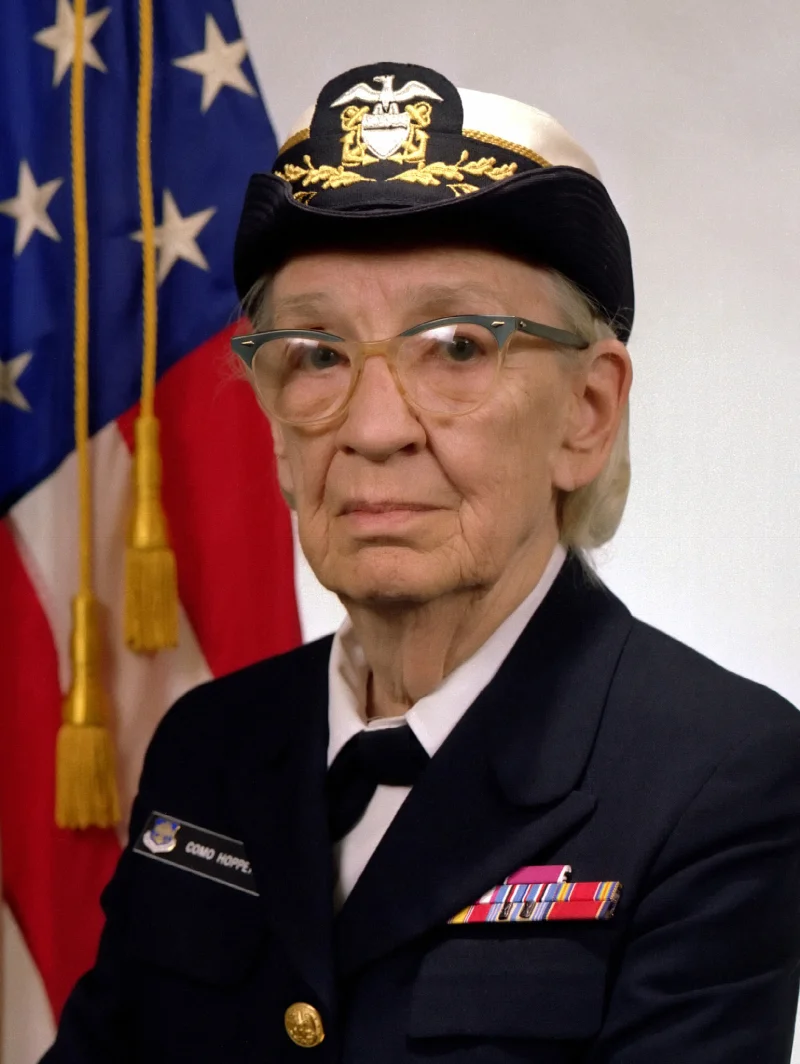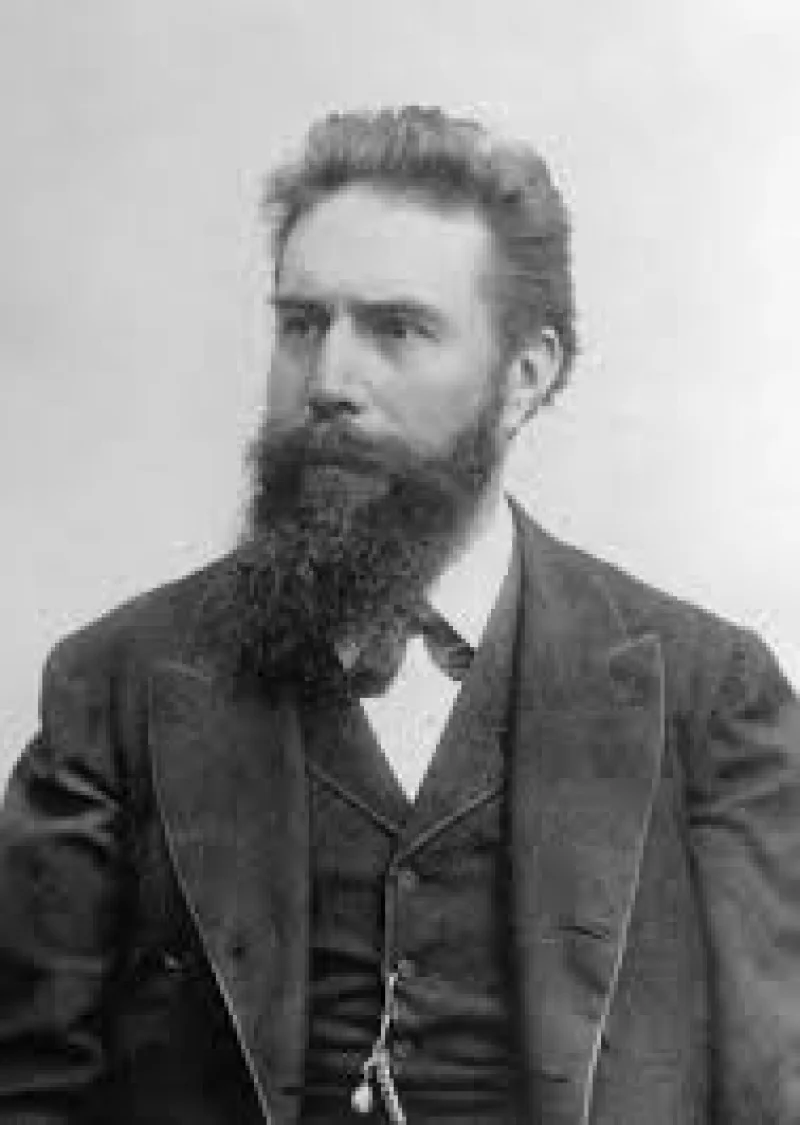Short Summary
Grace Murray Hopper was an American computer scientist and United States Navy rear admiral who significantly contributed to the development of computer programming languages. She is best known for her pioneering work in creating the COBOL programming language, which revolutionized business computing. Her exceptional career in both the military and technological fields earned her recognition as one of the first programmers of the Harvard Mark I computer and an influential figure in computer science history.
Early Life & Education
Grace Brewster Murray was born on December 9, 1906, in New York City. She was the eldest of three children in a family that valued education and intellectual curiosity. Her father, Walter Fletcher Murray, was an insurance broker, and her mother, Mary Campbell Horne, had a passion for mathematics. Grace showed an early aptitude for mathematics and science, leading her to pursue higher education at Vassar College, where she earned a bachelor's degree in mathematics and physics in 1928. She continued her studies at Yale University, obtaining a master's degree in 1930 and a Ph.D. in mathematics in 1934.
Career Highlights
Grace Hopper’s career was marked by her groundbreaking contributions to computer science and her service in the United States Navy. During World War II, she joined the U.S. Naval Reserve, where she was assigned to the Bureau of Ships Computation Project at Harvard University. Here, she worked on the Mark I computer, one of the earliest electromechanical computers. After the war, she remained in the computing field, joining the Eckert-Mauchly Computer Corporation, where she contributed to developing the UNIVAC I. Her most notable achievement was leading the team that developed COBOL, a programming language that enabled computers to run business applications.
Major Achievements
- Developed the first compiler for a computer programming language, which greatly simplified programming.
- Played a pivotal role in creating COBOL, a widely-used programming language that transformed business computing.
- Served in the U.S. Navy, eventually achieving the rank of Rear Admiral, one of the first women to do so.
- Received numerous awards, including the National Medal of Technology in 1991.
Famous Quotes
- "A ship in port is safe, but that is not what ships are built for."
- "The most dangerous phrase in the language is, 'We've always done it this way.'"
Interesting Facts
- She is credited with popularizing the term "debugging" for fixing computer glitches.
- She was posthumously awarded the Presidential Medal of Freedom in 2016.
- The U.S. Navy named a guided-missile destroyer, the USS Hopper, in her honor.
Legacy / Influence
Grace Hopper's legacy is profoundly felt in the field of computer science and technology. Her work on compilers and programming languages laid the foundation for modern software development, making computing more accessible and efficient. Her influence extends to inspiring future generations of women in STEM fields, and her innovative spirit continues to be celebrated in the world of technology and beyond.
FAQ
Q: Why is this person famous?
A: Grace Hopper is famous for her pioneering work in computer programming and the development of the COBOL language.
Q: What did she contribute to the Navy?
A: She served as a rear admiral and was instrumental in advancing naval computing technology.
Q: What is COBOL?
A: COBOL is a programming language designed for business applications, co-developed by Grace Hopper.
Q: When did she pass away?
A: Grace Hopper passed away on January 1, 1992.













